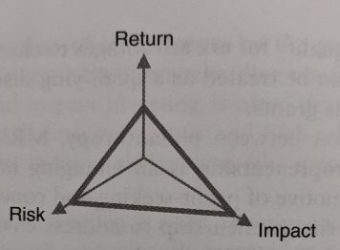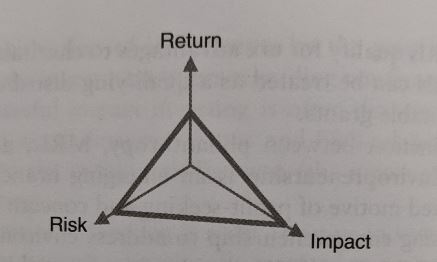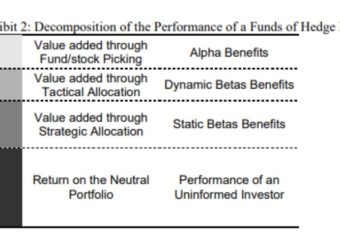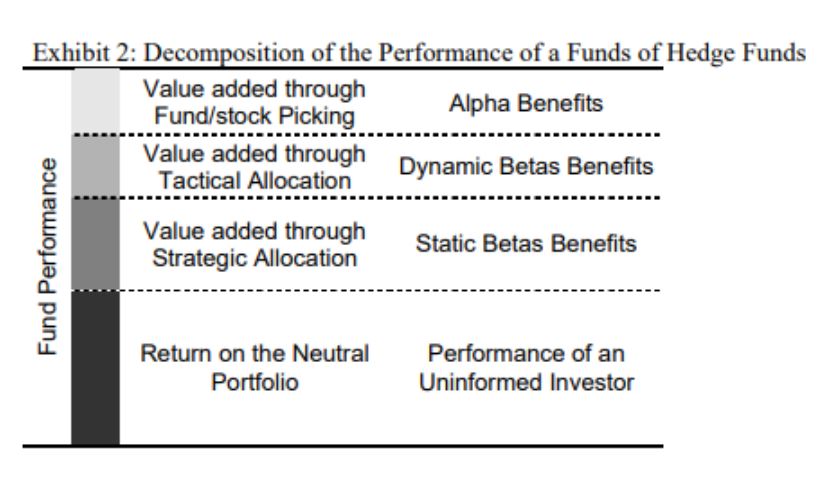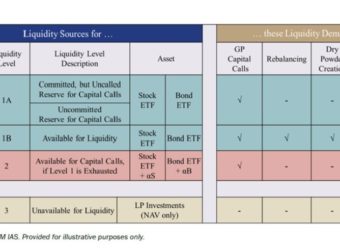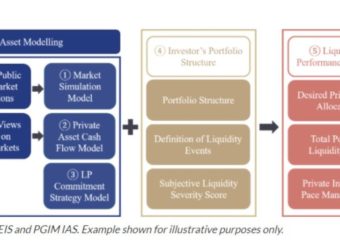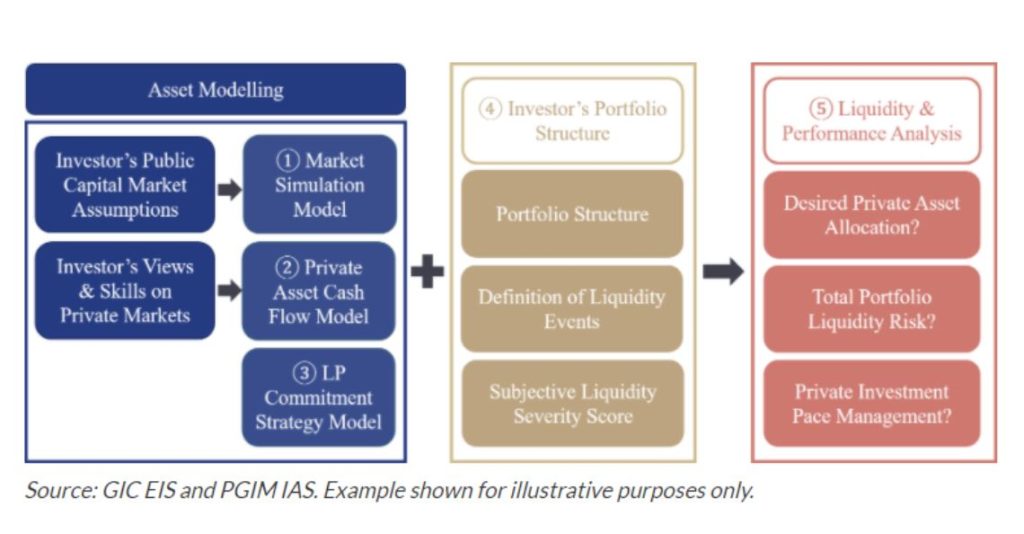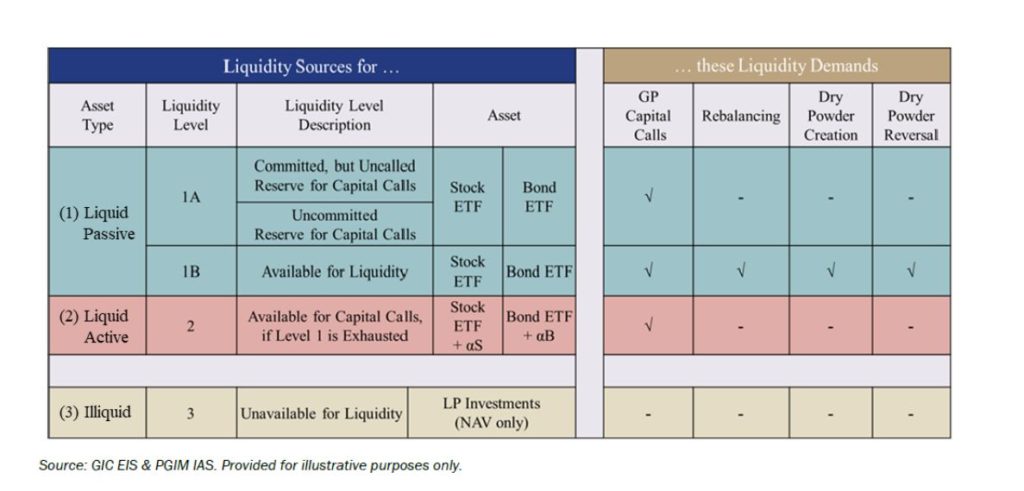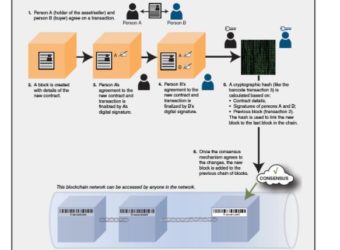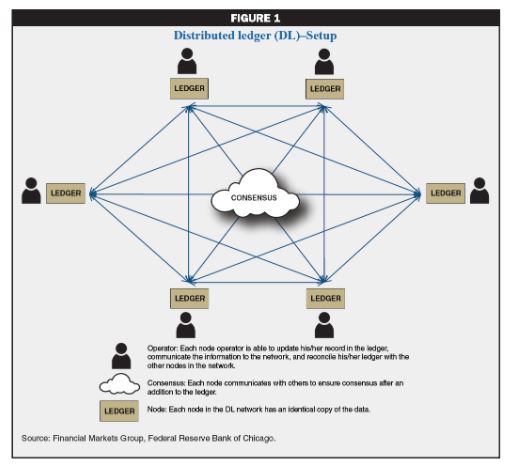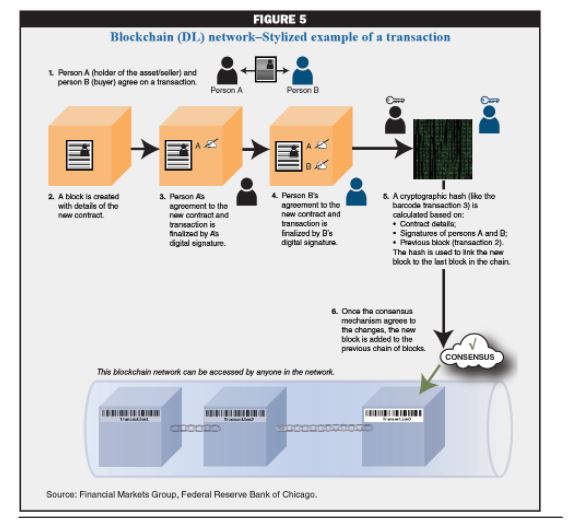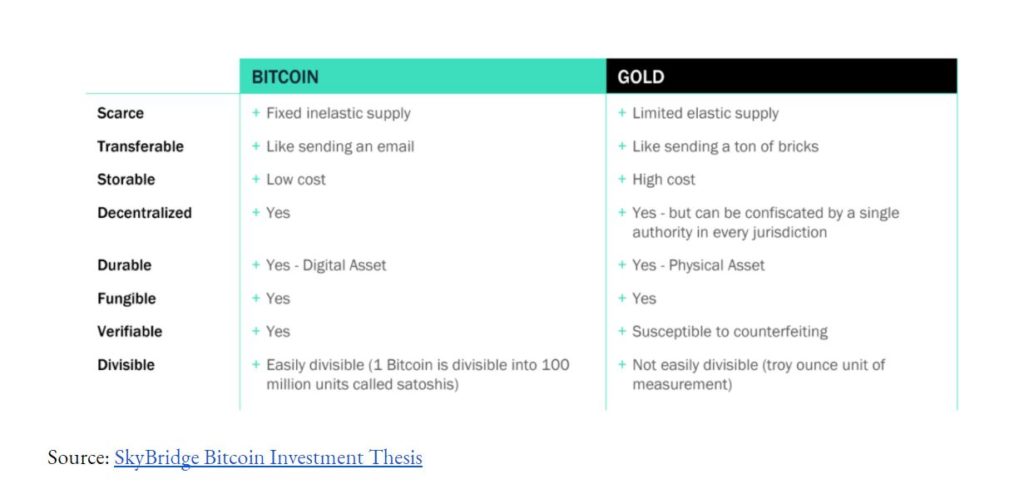Complexity and Misaligned Incentives
Why are some investments complex and opaque? In Opacity and Financial Markets, the Yuki Satoidentifies a possible nefarious reason: principal agent problems. Investment managers have incentives to obscure the true extent and sources of return variability. Complex investments can justify higher fees. Therefore, the investment management industry has an incentive to manufacture complex investments out of simple investments through financial engineering.
On the other hand, the Sato also points out that complex investments can also be useful for investors. Complexity and opacity are sometimes the unintended consequences of new investments designed to create improved risk management techniques. Creating a new investment opportunity that allows investors to better manage risk, or in academic jargon, select payoffs in a way that maximizes expected utility, is known as “completing the market”.
So complexity is not necessarily good or bad by itself. Yet complex investments do require heightened due diligence. In particular investors need to be on the lookout for misaligned incentives when allocating to complex alternative investments.
3 Complexity Case Studies
Alternative Investments: An Allocator’s Approach summarizes three case studies where investment complexity served a useful market completion purpose, but also led to misaligned incentives between investors and investment managers and salespeople. All three cases involve financially engineered fixed income products.
The first example is Treasury Strips in the 1980s. Treasury bond investors suffered massive losses when interest rates rose in the late 1970s. US Treasury Strips are zero coupon securities created by parsing a non-callable US treasury note or bond into a set of securities with maturities corresponding to each of the promised coupon and principal payments.
These synthetically created zero coupon bonds have different characteristics than traditional treasury investments. They were useful for investors looking to match cash flow needs. However, there were also downsides. They didn’t offer the traditional relation between yields, coupons, and prices that made it easy for retail investors to judge the value of a bond. Brokers were able to get large bid ask spreads, and circumvent fee limitations by charging on the face value of the bonds, rather than the nominal value. Brokers also encouraged investors to roll strips as interest rates declined ,generating massive commissions and fees. The misaligned incentives and increased fees worked against the advantages of zero coupon bonds.
Collateralized Mortgage Obligations (CMOs) have a similar story as Treasury Strips. They took a security offering a long string of cash flows, and parsed them into different sets of products that offered targeted maturity exposures. In 1994, rising interest rates caused CMOs subject to extension risk to experience massive losses(up to 80%). Often the investors in these products did not understand the complexities, or realize the interest rate risks they were taking.
The third case study is residential mortgage backed securities during the 2000s. Unlike CMOs and Treassury Strips, RMBS had significant credit risk. They provided investors with cheap diversification and risk management in the years leading up to the crisis. However, the complexity in the products camouflaged the inherent risks. When the financial crisis came, RMBS investors experienced substantial losses.

